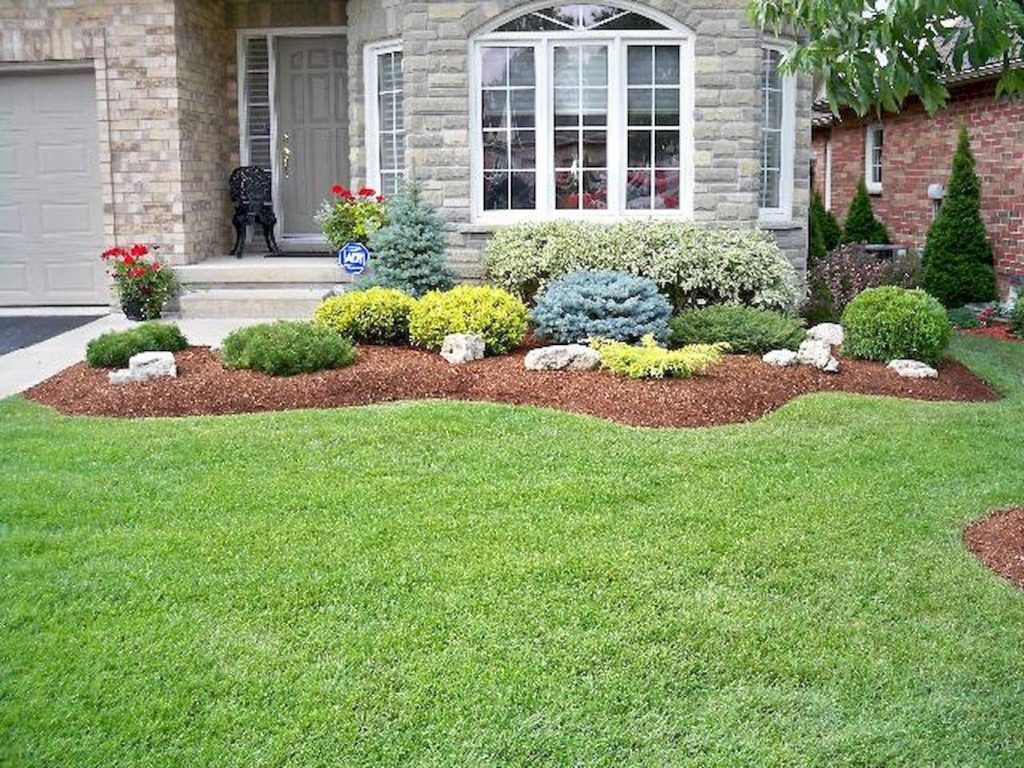Creating a beautiful lawn around your house can enhance its curb appeal and provide a peaceful outdoor space for relaxation and entertainment. The first step in designing a lawn is to assess the existing conditions, including the soil quality, sunlight, and water drainage. You need to know if your soil is sandy, clayey, or loamy, as this will determine which plants and grass varieties will thrive. Additionally, understanding how much sunlight the area receives throughout the day helps you select the best plants and grasses for the space.
After assessing the environment, the next step is choosing the right grass type. Cool-season grasses, such as Kentucky bluegrass or fescue, are ideal for cooler climates, while warm-season grasses like Bermuda or zoysia work best in warmer areas. It is important to consider the amount of foot traffic the lawn will receive, as some grasses are more durable than others. Once you’ve selected the grass, it’s time to prepare the soil by aerating and fertilizing it to promote healthy growth.
Incorporating flower beds, shrubs, and trees can add visual interest to the lawn. Select plants that complement the style of your home and the climate in your area. Flower beds can provide vibrant color, while shrubs and small trees offer texture and structure. When planting, ensure there is enough space between each plant to allow for growth. You may also want to include a focal point, such as a fountain, statue, or birdbath, which will draw attention and become the center of the landscape.

Proper irrigation is essential for maintaining a lush lawn. Installing a sprinkler system can ensure that your lawn receives consistent water, especially during dry periods. Alternatively, using a soaker hose or a drip irrigation system can provide more targeted watering for flower beds and trees. Be mindful not to overwater, as this can lead to root rot and other lawn diseases. Regularly check your irrigation system for leaks and ensure it covers all areas of your lawn evenly.
Finally, regular maintenance is key to keeping your lawn looking its best. Mow the grass at the appropriate height for the specific grass type you’ve chosen and avoid cutting it too short, as this can stress the grass. Regularly fertilize your lawn to provide essential nutrients, and remove weeds promptly to prevent them from taking over. Aerating the soil once a year will also help to prevent compaction and promote healthy root growth. With proper care and attention, your lawn will be a beautiful and welcoming part of your home.
4o mini

